Best Time to Go Rafting in Colorado
Understanding Colorado’s Rafting Season
 Overview of Colorado’s Whitewater Season (May–September)
Overview of Colorado’s Whitewater Season (May–September)
In Colorado, the whitewater rafting season stretches from May to September. During this time, rivers like the Arkansas, Colorado, Yampa, and Eagle invite adventurers to experience their rapids. These rivers are fed primarily by snowmelt from the surrounding mountains, creating a dynamic flow that changes throughout the season. Elevation plays a critical role as higher altitudes host more significant snowpack, affecting the start and finish dates of the rafting season. This natural setup results in a thrilling and diverse rafting landscape each year.
What Influences Rafting Conditions?
Several factors influence Colorado’s rafting conditions. The primary driver is the snowpack. By understanding and monitoring snowmelt timing, enthusiasts can predict river flows. Cubic Feet per Second (CFS) is the standard measure for river difficulty, helping rafters identify each river’s challenge level. Additionally, weather patterns—unseasonably hot or cold spells and storms—also impact conditions. Other crucial aspects are water temperature and safety implications, as they determine the gear needed for a safe experience.
Spring Rafting in Colorado (May – Early June)
High Flows, Cold Water — Not for the Faint of Heart
Spring rafting in Colorado harnesses the rush of snowmelt, causing rapid river level increases. The Arkansas River’s Royal Gorge and sections of the Eagle and upper Colorado rivers see some of their highest flows. These waters are rated between Class III and Class V, depending on the CFS. The river’s surge during these months means rafters face challenging conditions that demand skill and bravery.
Best for Experienced Rafters and Adventure Seekers
This season’s thrill factor appeases adrenaline junkies. Rapids offer not only excitement but a technical challenge too. However, the water remains frigid, mandating wetsuits or drysuits for comfort. Spring isn’t the ideal time for families or younger kids, given the limited accessibility and higher risks involved.
Pros and Cons of Spring Trips
- Pros:
- High thrills
- Dramatic scenery
- Fewer crowds
- Cons:
- Colder air and water
- Increased risk
- Limited availability for families
Early Summer Rafting (Mid-June – Early July)
A Goldilocks Window — Fast Flows Meet Warmer Weather
As snowmelt tapers, the flow remains robust, but the weather shifts to warmer, more inviting conditions. This period, often considered a prime time for rafting, offers a balance of strong river currents and comfortable temperatures, safe enough for more types of adventurers.
Ideal for Families with Teenagers and Confident Beginners
Compared to spring, the risks diminish, yet the thrill remains. Popular family sections include the Shoshone on the Colorado River and Bighorn Sheep Canyon on the Arkansas, perfect spots for growing rafters.
Best Rivers and Trips for Early Summer
The Green River through Gates of Lodore and Yampa River is at its peak in June. Meanwhile, Arkansas’s Browns Canyon offers adventures ranging from Class III to IV, suitable for mixed experience levels.
Mid-Summer Rafting (Mid-July – Early August)
 Warm, Mellow Waters and Peak Accessibility
Warm, Mellow Waters and Peak Accessibility
As river flows decline, the waters soften, becoming more engaging but less intense. Participants experience splashy fun, suitable for varying skill levels. Water temperatures rise, allowing for swimming and wading as a part of the experience.
Perfect for Families, First-Timers, and Scenic Seekers
This is the best period for young children and large groups, with milder rapids providing a gentle introduction to the rafting world. Shorter, less demanding trips on the Colorado and Yampa rivers are ideal at this time.
Crowds and Permits
This is peak tourism season, so securing permits and guides well in advance is crucial. Trips through areas like Dinosaur National Monument book out months ahead.
Late Summer to Early Fall Rafting (Late August – September)
Tranquil Flows, Crisp Air, and Changing Colors
Late season rafting offers calmer waters, ideal for a peaceful drift. The risk is minimal, with cool night temperatures enhancing the adventure. Fall foliage and serene experiences replace wild rapids.
Off-the-Beaten-Path Adventures
Fewer crowds mean more intimate campsite settings and hiking insights along the rivers. These adventures are perfect for photography enthusiasts and wildlife watchers looking to capture natural beauty and tranquility.
Best Suited for Relaxed Explorers and Nature-Lovers
This time is prime for retirees, corporate team-building retreats, and couples seeking a romantic getaway. The focus is on connecting with the environment rather than thrill-seeking.
Key Factors That Determine the Best Time to Raft
 Snowpack Forecast and Spring Conditions
Snowpack Forecast and Spring Conditions
April’s snow levels critically inform May through July’s rafting conditions. Early warm spells can shorten rafting peaks, impacting plans significantly.
Daily Weather Patterns and Safety
Geographical variations mean differences in sunshine hours and storm risks. Preparing correctly for the season and weather predictions can make or break the trip.
River Popularity and Permit Availability
Permits for iconic locations like the Dinosaur National Monument and Arkansas River headwaters are in high demand. Booking six months or more in advance is recommended for wilderness multi-day trips.
Top Recommendations Based on Traveler Type
For Adventure Seekers and Experienced Rafters
- Target Time: Late May to mid-June
- Best Trips: Royal Gorge, Eagle River, Yampa River before water levels lower
For Families with Kids or First-Time Rafters
- Target Time: Mid-June to early August
- Best Trips: Browns Canyon, Gates of Lodore (Green River), Daily trips on the Colorado River
For Nature-Lovers and Fall Travelers
- Target Time: Late August to mid-September
- Best Trips: Lazy float trips and wildlife viewing sections of the Green River.
A Quick Comparison of Rafting by Month
| Month | Description |
|---|---|
| May | May provides high-adrenaline adventures but is cold and fast, limiting family participation. |
| June | As the peak of the season, June’s flow, temperature, and accessibility make it optimal. |
| July | July offers warm, less intense water—ideal for families, though crowded. |
| August | The lower flows in August are best for relaxed trips, with water at its warmest. |
| September | Fewer water options but the least crowded. September is perfect for serene scenic rafting. |
Conclusion: When Should You Plan Your Colorado Rafting Trip?
Match the River to the Experience You Want
Whether you chase excitement or seek family bonding, timing is crucial. Early booking and local consults are key to aligning your expectations with Mother Nature’s unpredictable behavior.
Let Local Outfitters Be Your Guide
Seasoned local guides like those at Dinosaur River Expeditions offer unmatched insights. They can help with all aspects, from weather specifics to gear selection and choosing the best route.
Book Your Rafting Trip!
Ready to experience the thrill of Colorado’s whitewater or the serenity of a late summer float? Don’t wait any longer to embark on an unforgettable rafting adventure. Dinosaur River Expeditions offers talented guides, breathtaking river routes, and a commitment to safety and excitement. Book your river rafting trip today by visiting their reservation page: Make Your Reservation.
FAQs – Best Time to Go Rafting in Colorado
- When is the best time for thrill-seekers to raft in Colorado?
Late May to mid-June offers high-adrenaline adventures with swift rapids perfect for experienced rafters. - Is July a good month for family rafting trips?
Yes, July is ideal for families due to warmer temperatures and milder rapids, although it can be crowded. - How does the snowpack affect rafting conditions?
Snowpack levels dictate river flows from May to July. A deeper snowpack typically means higher, faster waters. - What is the primary factor for determining when to raft in Colorado?
Snowmelt timing, river flow rates, and personal adventure preferences are key factors to consider when planning a rafting trip. - Are there specific permits needed for rafting?
Yes, popular locations often require permits. For highly sought-after river routes, booking six months in advance is advisable.
Check out our YouTube channel for rafting videos.
 Overview of Colorado’s Whitewater Season (May–September)
Overview of Colorado’s Whitewater Season (May–September)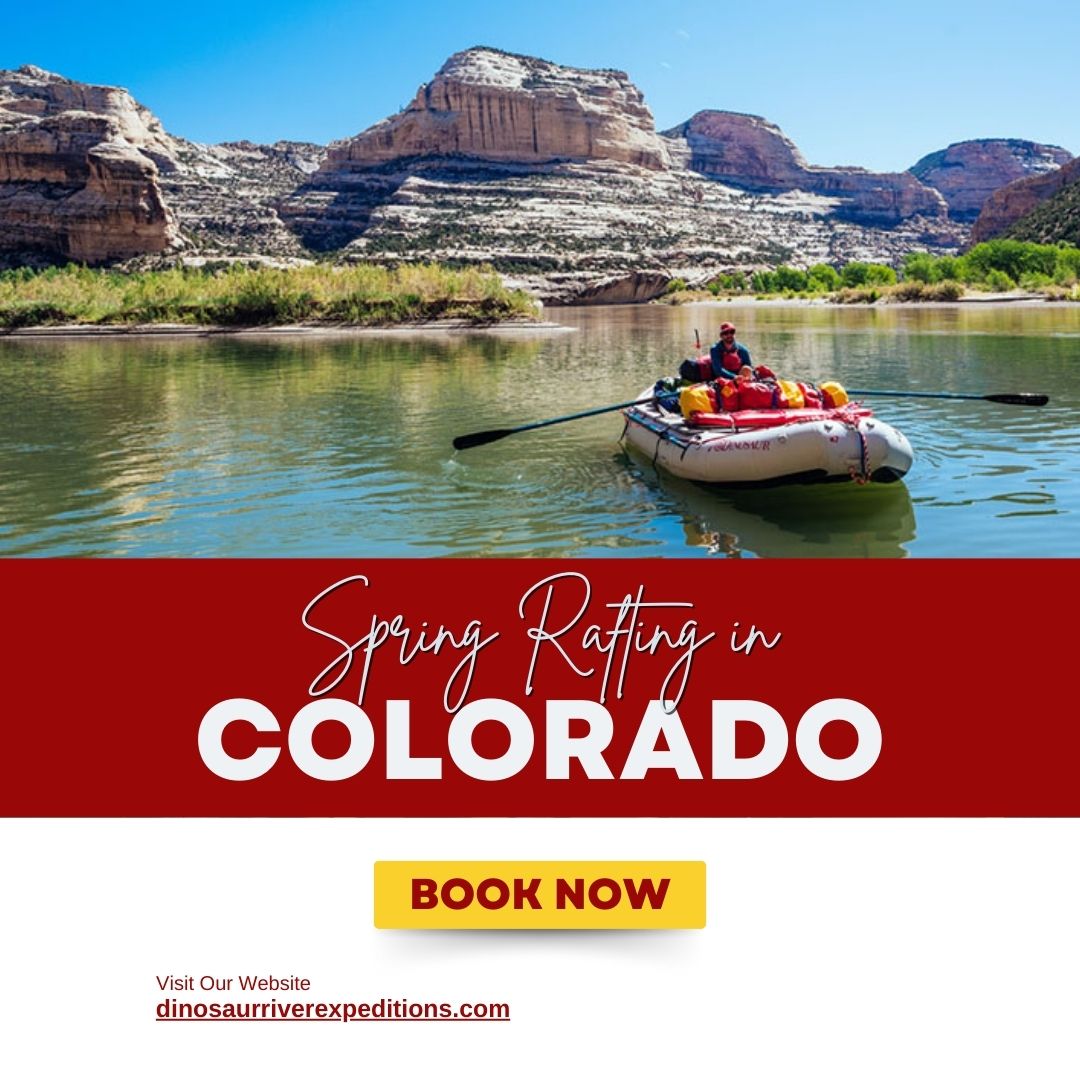

 Warm, Mellow Waters and Peak Accessibility
Warm, Mellow Waters and Peak Accessibility Snowpack Forecast and Spring Conditions
Snowpack Forecast and Spring Conditions
 Trip Highlights
Trip Highlights Expert Guides & Comfortable Camping
Expert Guides & Comfortable Camping Book Your Rafting Trip
Book Your Rafting Trip 1. Nature Soothes the Soul
1. Nature Soothes the Soul 4. Wishes Won’t Wash Dishes
4. Wishes Won’t Wash Dishes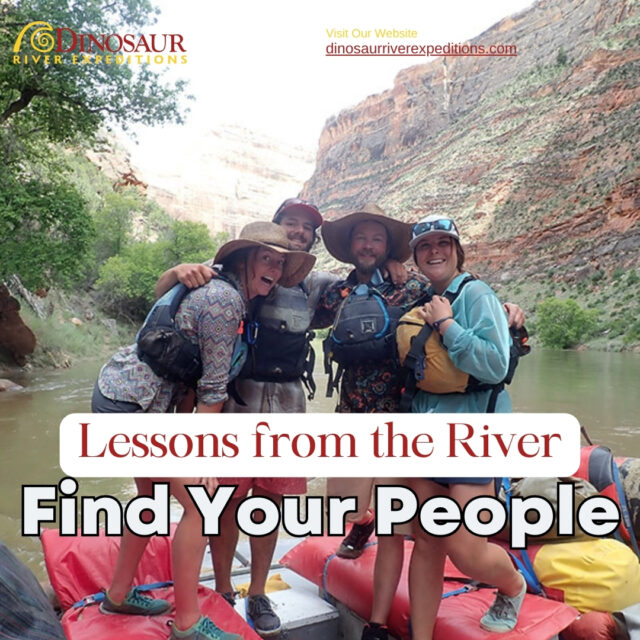 7. Find Your People
7. Find Your People 8. Tee Up to the Big Waves
8. Tee Up to the Big Waves 10. Don’t Have It, Don’t Need It
10. Don’t Have It, Don’t Need It Whitewater rafting is one of the most thrilling ways to experience the outdoors. Whether you’re planning a weekend float with friends or a multi-day trip through remote canyons, preparation is everything. A successful rafting trip requires choosing the right river, gathering the right gear, and organizing your crew. Let’s break it down so you can plan with confidence.
Whitewater rafting is one of the most thrilling ways to experience the outdoors. Whether you’re planning a weekend float with friends or a multi-day trip through remote canyons, preparation is everything. A successful rafting trip requires choosing the right river, gathering the right gear, and organizing your crew. Let’s break it down so you can plan with confidence. Every river has its own rules. Knowing them ahead of time prevents surprises and ensures a smooth trip.
Every river has its own rules. Knowing them ahead of time prevents surprises and ensures a smooth trip. A well-prepared group makes for a safer, more enjoyable trip.
A well-prepared group makes for a safer, more enjoyable trip. Rafting is far more than just paddling; it’s an opportunity to create lasting memories with a variety of enriching activities.
Rafting is far more than just paddling; it’s an opportunity to create lasting memories with a variety of enriching activities. 1. Flaming Gorge Daily Trip
1. Flaming Gorge Daily Trip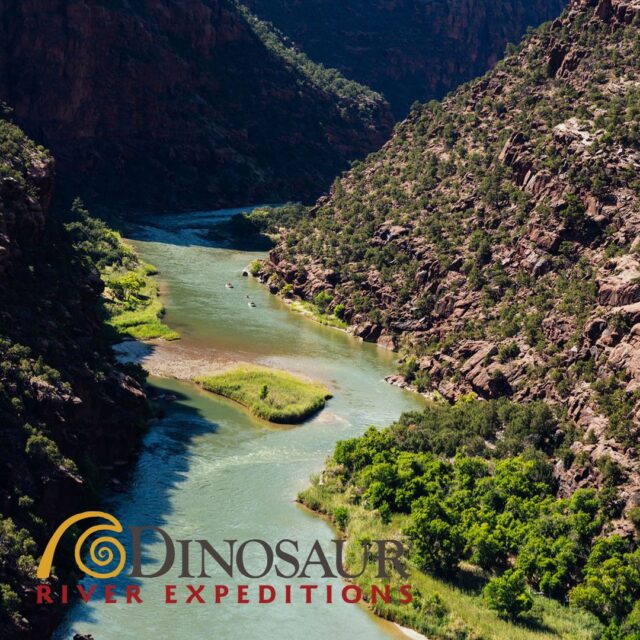 to Split Mountain 4-Day Trip
to Split Mountain 4-Day Trip 3. Yampa River Deer Lodge to Split Mountain 4-Day Trip
3. Yampa River Deer Lodge to Split Mountain 4-Day Trip Experience the Best Whitewater Rafting in Utah
Experience the Best Whitewater Rafting in Utah Burnout doesn’t happen overnight. It builds slowly, showing warning signs that are easy to ignore.
Burnout doesn’t happen overnight. It builds slowly, showing warning signs that are easy to ignore. Rafting forces complete immersion in the present. There are no emails, texts, or distractions. Without a screen, the day revolves around nature, movement, and connection.
Rafting forces complete immersion in the present. There are no emails, texts, or distractions. Without a screen, the day revolves around nature, movement, and connection.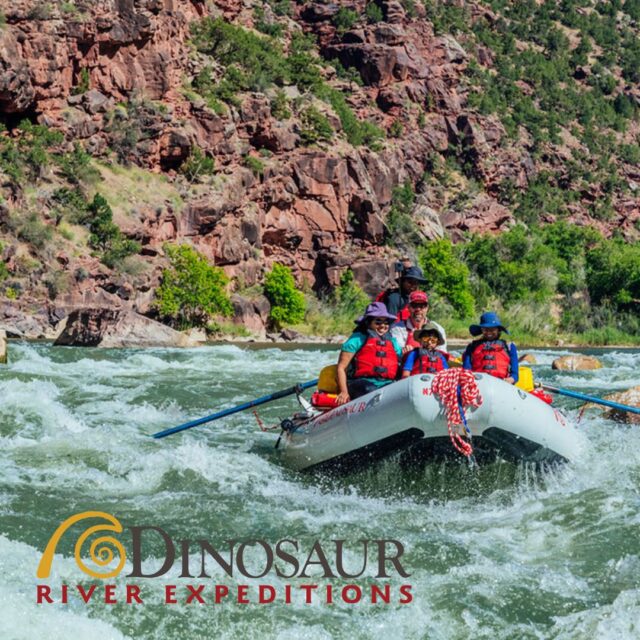 One study focused on river rafting’s role in reducing PTSD symptoms. Participants reported a 29% reduction in PTSD, a 21% drop in daily stress, and a 10% improvement in social relationships. These findings suggest that time on the river isn’t just enjoyable—it has deep, long-lasting benefits for mental well-being.
One study focused on river rafting’s role in reducing PTSD symptoms. Participants reported a 29% reduction in PTSD, a 21% drop in daily stress, and a 10% improvement in social relationships. These findings suggest that time on the river isn’t just enjoyable—it has deep, long-lasting benefits for mental well-being. Dinosaur River Expeditions is the only locally owned and operated outfitter in Vernal, Utah. With decades of guiding experience, its mission is simple: create safe, unforgettable trips for guests who want to immerse themselves in nature fully.
Dinosaur River Expeditions is the only locally owned and operated outfitter in Vernal, Utah. With decades of guiding experience, its mission is simple: create safe, unforgettable trips for guests who want to immerse themselves in nature fully. The right equipment will keep you safe and confident as you conquer the river. Here’s exactly what you’ll need for your Utah rafting adventure.
The right equipment will keep you safe and confident as you conquer the river. Here’s exactly what you’ll need for your Utah rafting adventure. Experienced rafters will tell you that packing light is the way to go—you won’t want to lug unnecessary stuff around. Use waterproof bags and organize your gear into categories to stay efficient.
Experienced rafters will tell you that packing light is the way to go—you won’t want to lug unnecessary stuff around. Use waterproof bags and organize your gear into categories to stay efficient. Plan for Weather Surprises
Plan for Weather Surprises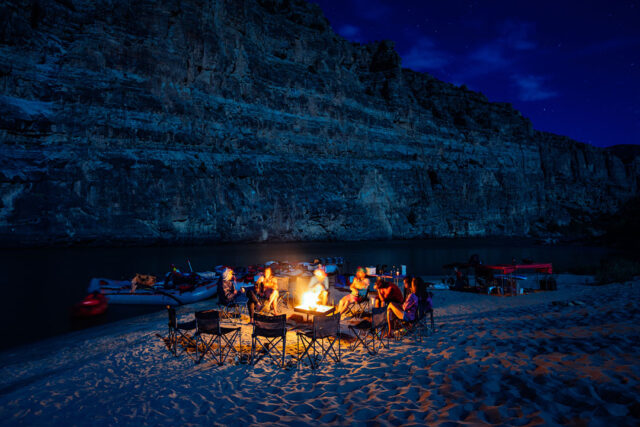 The Green River’s
The Green River’s 
 One of the best family-friendly combinations is
One of the best family-friendly combinations is 
 Understanding the Ecological Significance of Utah’s Rivers
Understanding the Ecological Significance of Utah’s Rivers Plan to Minimize Environmental Impact
Plan to Minimize Environmental Impact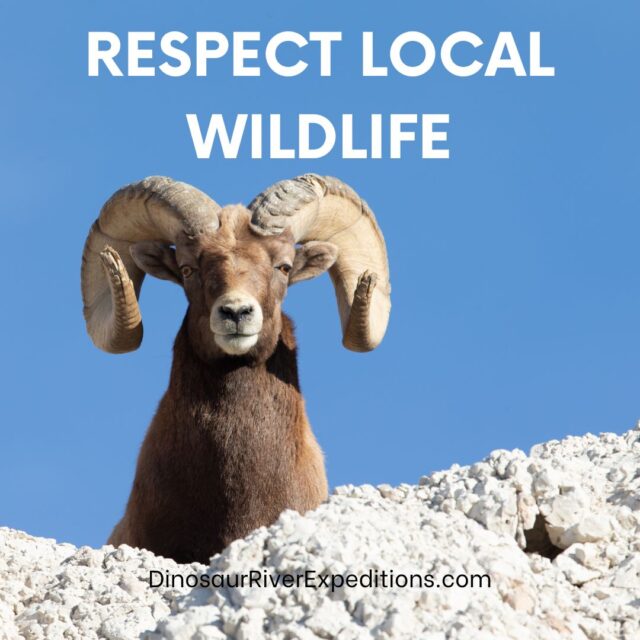 Know and Follow River-Specific Regulations
Know and Follow River-Specific Regulations What to Pack for a Minimal-Impact Rafting Trip
What to Pack for a Minimal-Impact Rafting Trip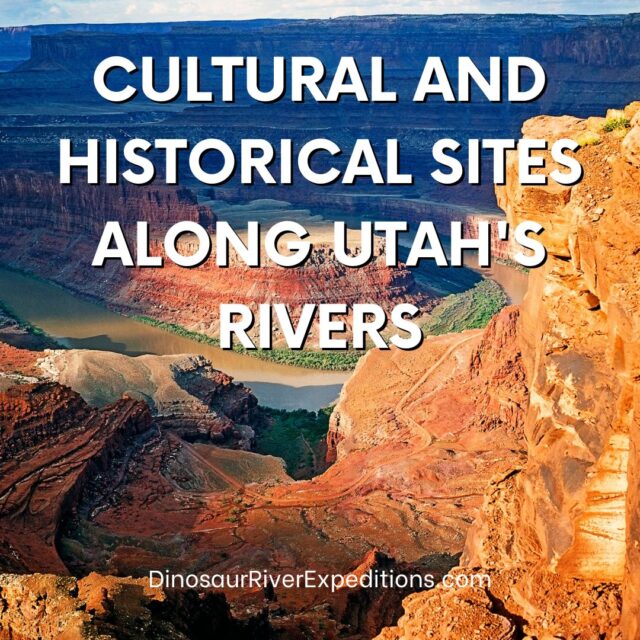 Rafting Utah’s rivers offers more than exhilarating rapids and stunning scenery—it’s a journey through layers of history, culture, and natural wonder. Many don’t realize ancient stories are told through petroglyphs, pioneer homesteads, and dinosaur remnants nestled within the dramatic canyons and riverbanks. With every paddle, you’ll thrill at the river’s adrenaline and glimpse moments in time that have shaped the landscape for centuries. If you’re looking for an adventure that merges the excitement of whitewater with historical exploration,
Rafting Utah’s rivers offers more than exhilarating rapids and stunning scenery—it’s a journey through layers of history, culture, and natural wonder. Many don’t realize ancient stories are told through petroglyphs, pioneer homesteads, and dinosaur remnants nestled within the dramatic canyons and riverbanks. With every paddle, you’ll thrill at the river’s adrenaline and glimpse moments in time that have shaped the landscape for centuries. If you’re looking for an adventure that merges the excitement of whitewater with historical exploration,  The Gates of Lodore: A Spiritual Experience
The Gates of Lodore: A Spiritual Experience In addition to native history, Utah’s rivers offer a peek into the lives of early settlers who braved these rugged landscapes. Many parts of Utah’s river corridors are rich with remnants of pioneer homesteads, some still visible as you drift downstream. These sites serve as study-in-contrast—between thriving riverside settlements of the Indigenous people and the relatively newer but equally fascinating history of Utah’s pioneers and outlaws.
In addition to native history, Utah’s rivers offer a peek into the lives of early settlers who braved these rugged landscapes. Many parts of Utah’s river corridors are rich with remnants of pioneer homesteads, some still visible as you drift downstream. These sites serve as study-in-contrast—between thriving riverside settlements of the Indigenous people and the relatively newer but equally fascinating history of Utah’s pioneers and outlaws. These rivers don’t just tell stories through human history. They’re also amazing natural archives, offering glimpses of the Earth’s development over millions of years, complete with stunning cliffs, unique rock formations, and fossil beds that make them world-famous.
These rivers don’t just tell stories through human history. They’re also amazing natural archives, offering glimpses of the Earth’s development over millions of years, complete with stunning cliffs, unique rock formations, and fossil beds that make them world-famous.